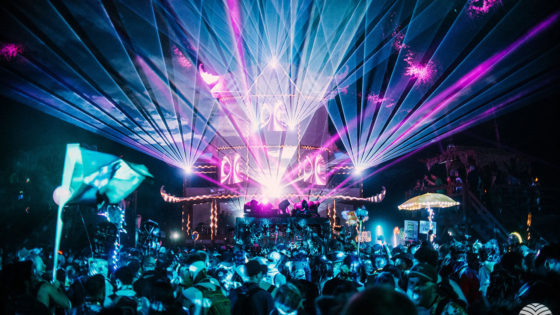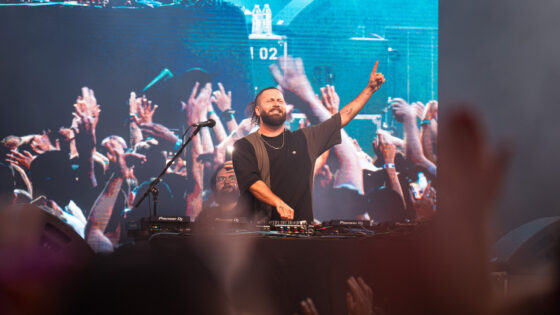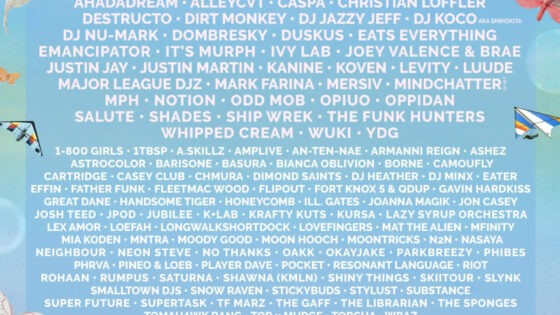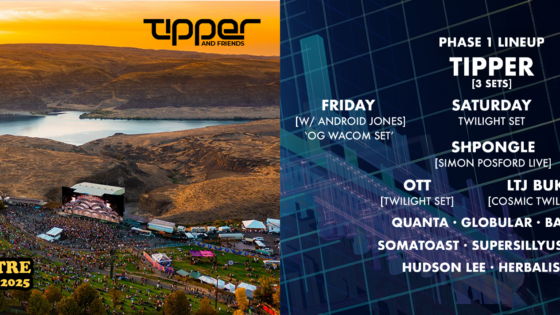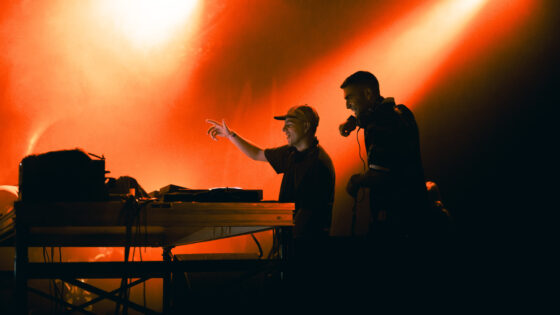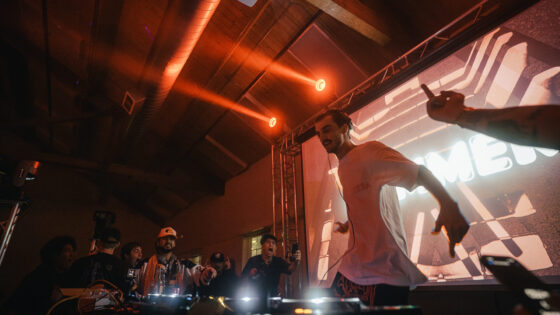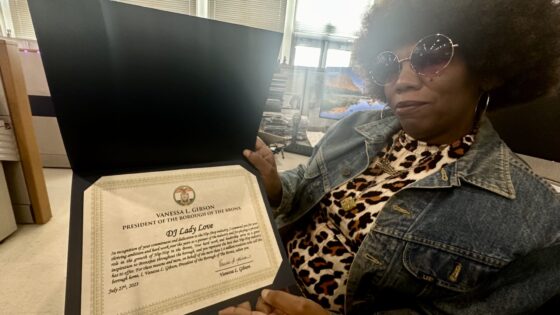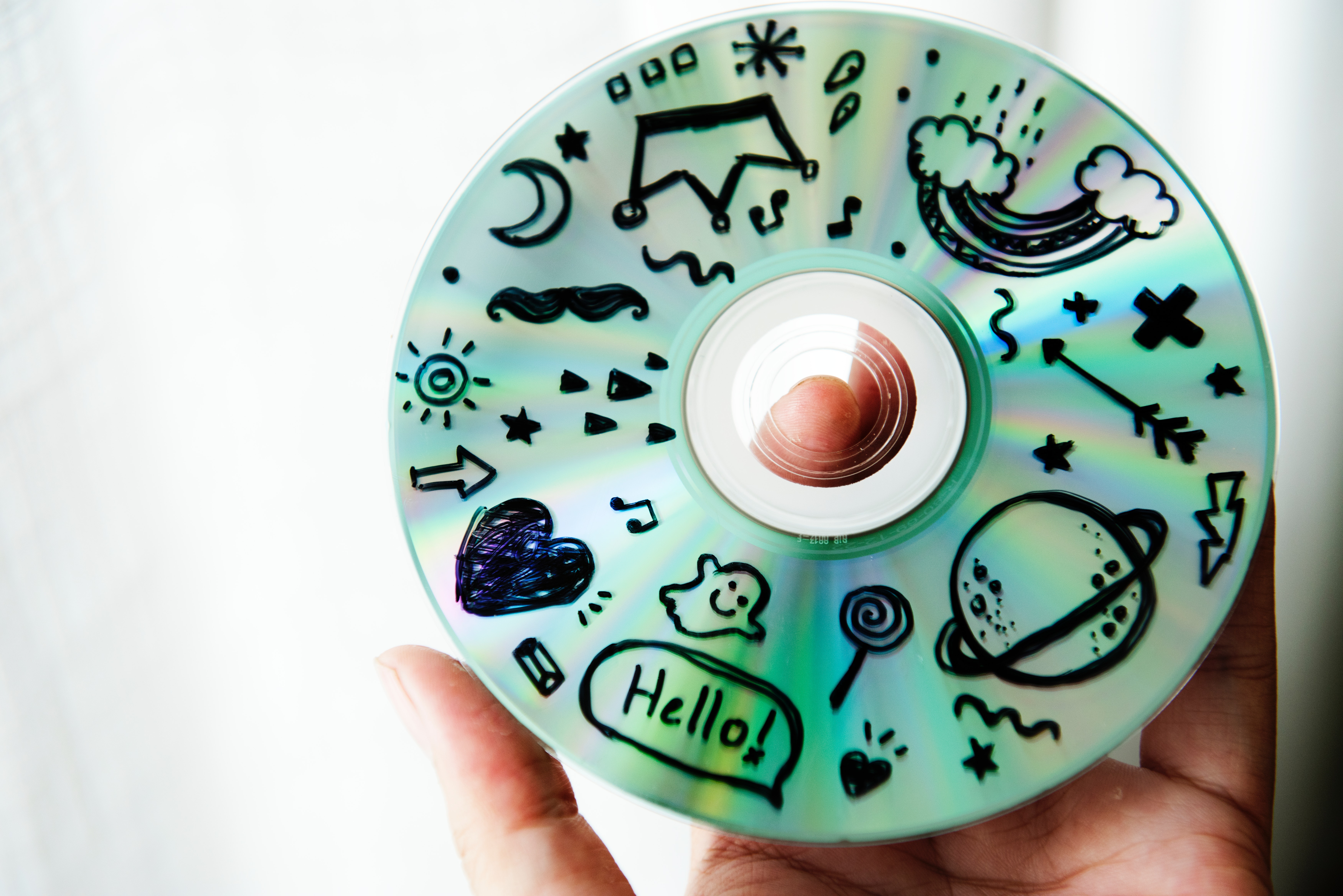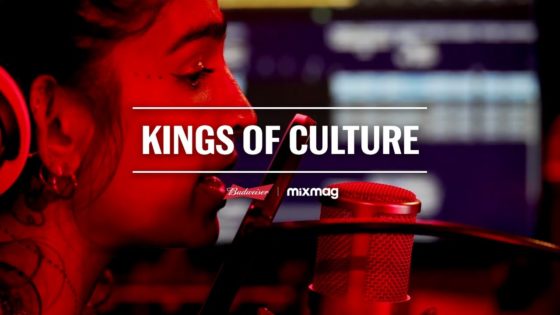Dance music has spanned decades, trends, and cultural shifts. It’s a genre deeply rooted in disco, psychedelic rock, and acid from the early 80s, and from its inception, there have been groups and solo artists perpetuating the genre lending to constant evolutions that have led to the electronic music we have today.
Getting to where it is now is a testament to what has come before, and the pioneers who have carried the torch since the very beginning. Mixmag has delved into the history of dance music and compiled a list of the 50 most influential dance music albums of all time. Below you’ll find some of their top picks that you should know if you consider yourself a dance music enthusiast.
Donna Summer Love To Love You Baby
In 1975, Donna Summer released this album and with it started the disco/electronic fusion. Though she is synonymous with disco, Donna Summer herself doesn’t exactly conjure up thoughts of electronic dance music. But, Disco was the predecessor of dance music with its uplifting vibes, ethereal vocals, and beats that made people groove. Disco also pioneered new technology with synths and soundboards. This genre was created with the dancefloor in mind and Donna Summer was the queen of the disco; she has inspired countless dance music artists today as well as helped pioneer the way in which music is created now.
According to Mixmag, “Summer’s contribution to wider dance music history shouldn’t be passed over. In particular, Summer helped pioneer the use of electronic sequencers and electronic drums in dance music. Prior to ‘I Feel Love’, dance music had been about funk. Then along came this smooth, machine-like sound with Summer’s shimmering vocals overlaid on top, and dance music was transformed. Without Summer making this sequencer-led machine-made music, we wouldn’t have techno or most other subsequent dance music.”
Kraftwerk Trans-Europe Express
It could be argued that German group Kraftwerk was the first group to set out playing actual electronic music. In 1970 Kraftwerk was creating music that no one had really heard before in the mecca of underground dance music, Germany, which has since become a hub for techno and electronic music. They were the first group to establish their own sound using new technology at the time of synthesizers, drum machines, and vocoders. They even used self-made instruments to achieve sounds previously unheard and unused in music.
“It’s difficult to know where to start with this one. It’s hardly an exaggeration to say Dusseldorf four-piece Kraftwerk laid down the blueprint for all that followed. They were the first to make popular music purely from machines. They invented electro-pop. And if minimalism – as in, repetition and simplicity – is one of the keys to house and techno, Kraftwerk first brought it in from the world of modern classical. On Trans-Europe Express, before anyone else, they defined what electronic music could be.”
Massive Attack Blue Lines
This group has had mainstream success with film scores, television scores, and soundtracks the world over. But, before their mainstream success, they pioneered dance music in a different way: they established dance music sampling. Prior to Massive Attack, samples from other music and genres wasn’t as widespread as it is today; mashups didn’t exist. Massive Attack, born from the 80’s and 90’s, took their favorite tracks and laid them over dance music rifts and beats, creating an entirely new production technique.
“As the 80’s turned into the 90’s, sample culture meant taking the music of the past to craft something entirely new became one of the dominant forms of modern music. On Blue Lines, the collective which formed out of the ashes of Bristol’s Wild Bunch sound system plowed formative influences like soul, dub reggae, the film scores of Enio Morricone and punk rock spirit. Although the term was not commonly used until a few years later, the album almost single-handedly invented the genre of trip hop and at a time when the early euphoria of acid house was turning into the frantic sugar rush of rave, showed that dance music could exist at a much slower and more meditative pace.”
Bjork Debut
Hailing from Iceland, Bjork is known for her experimental vibe. She has an angelic voice, but her music has a dark simplicity that pushes the boundaries of genres. Mixing rock with dance music and technology, Bjork has created a unique sound that showcases the best variety encompassed within the dance music realm. She’s also one of the first female artists to sing, produce, and write her own music in this genre!
“In true Bjork-style, she drew influence from folk, jazz, and pop music, and made something that sounds like the lost collaboration between Aphex Twin and Kate Bush. Adding sensitivity and a myriad of influences to a party atmosphere, Bjork helped redefine what dance music could be and, by taking the record to No. 3 in the UK charts, helped legitimize its worth in mainstream eyes. Its influence can be traced to all those who have attempted to push the boundaries of dance music.”
The Prodigy Music For The Jilted Generation
Legendary group, the Prodigy took the world by storm with their aggressive counter-culture style of dance music. Lovers of punk rock from the 80’s, the celebrated their roots with that type of music by making it fresh. This opened up dance music to an entirely new group of people, college kids and rockers alike came together at underground raves which paved the way for rave culture to be born.
“With Jilted Generation everything changed. Liam Howlett gave the band an abrasive rock ’n’ roll edge that would immediately flavor what outfits such as the Chemical Brothers were doing but also cast a much longer shadow, providing a template for multiple 21st century acts, including Chase & Status, Skrillex, Pendulum and Noisia. Jilted Generation simply spat attitude, from its anti-Criminal Justice Bill cover art to the venom of the lyric “Fuck ‘em, and their law”. Influenced by hip hop and Rage Against The Machine, Howlett combined industrially enhanced breakbeats with occasional bursts of caustic guitar.”
Daft Punk Homework
You can’t have a list of most notable dance music albums without referencing the godfathers of electronic: Daft Punk. Though many in the Millennial generation will tout Daft Punk’s Discovery as being the most influential, their Homework album which came before redefined what dance music is and paved the way for Discovery‘s creation. Simple in it’s construction, Homework has inspired countless artists across many generations to delve into the world of dance music.
“Before the Grammys. Before The Pyramid. Before the robot masks. Thomas and Guy-Manuel created The album that changed the world. Off the back of two tracks, ‘Alive’ and ‘Da Funk’, the pair were signed to Virgin, through which they released ‘Homework.’ On the face of it, it was a nod to the dance music world that had come before them but it would go on to write dance music’s future. Producers at the time were convinced it had to have been created using some newfangled recording software, only to discover it was spliced together using an old Roland TR-909 and snippets of Elton John and Barry Manilow records.”
The Chemical Brothers Dig Your Own Hole
Creating an immersive live experience like the one Seven Lions or Infected Mushroom are able to accomplish today, would not be possible without the Chemical Brothers who first launched their own version of live music. It wasn’t just electronic, it was electronic with a live component of instruments and vocalists. Their performance went beyond just two DJs on stage with some equipment, it was reminiscent of a rock concert which appealed to a wider audience beyond the electronic music lovers.
“The Chems were able to appeal to an audience more used to gig-going and guitar music as much as they were able to appeal to the dance music faithful. Some might accuse them of pandering to traditionalists by positioning themselves in the rock world as much as the dance music world, but every act that makes the switch from club DJing to being a touring live act owe a debt to The Chems and this album.”
LCD Soundsystem LCD Soundsystem
To say that LCD Soundsystem is a traditional dance music collective would not be an accurate description, because, their particular brand of music fuses dance with rock and pop. With electronic sounds inspired by Daft Punk and the use of musical instruments typically associated with rock music paired with pop vocals, LCD Soundsystem created a new genre not of mashups but of artistry that pushes the boundaries of what electronic music can be.
“The album literally kicks off in debt to dance with ‘Daft Punk Is Playing At My House’, a guitar-driven tune with punchy drums worthy of any club soundsystem. Then there’s the campy synth line of ‘Tribulations’, the disco glitz of ‘On Repeat’ and the manic percussion of ‘Thrills’, all coming together to inject a much-needed dose of attitude into NYC’s then flagging dance music scene.
Justice Cross
French duo, Justice, can be compared to their Daft Punk counterparts, as they too are known for their French-house style. However, they go beyond the usual genre with their dark, gritty, bass that utilizes Indie rock and morphs it into something that’s both robotic and deep. They’ve inspired artists from all kinds of genres with their unabashed and unafraid take on dance music that doesn’t conform.
“It’s 2007 and the kids want techno but not the sound of Jeff Mills, Robert Hood and the Detroit slam that’s been synonymous with dance music since the late 80s – oh no, they’re after something different. As a mutant crossover of electro-clash and indie began to rock its way round dance floors because of DJs like Boys Noize, another French duo burst into the world like a pair of mischievous banshees, intent on causing one hell of a ruckus in the rave. If Daft Punk are anything to go by, then it’s evident that clubland has always shown a fondness towards Parisian pairs and Justice became Guy Manuel and Thomas Bangalter for the Millennial generation. Cross was the album that didn’t just define dance music when it was released, it introduced people to it.”
Disclosure Settle
The British duo, Disclosure broke out onto the scene with their top track “Latch” which featured Sam Smith on vocals. Their brand of electro-pop with heartfelt, lyrical vocals introduced an entirely new generation to the comfort dance music brings. Disclosure quickly rose on the charts and became a household name, while also making dance music accessible. This is what made them the number one dance act in Europe, not just for dance music lovers but for kids all over the country who were just discovering an entirely new genre.
“Settle drops in the summer of 2013, and introduced a legion of teenagers to the sugar rush of house and garage and, in turn, to the joys of raving and high quality ecstasy. The UK underground fell in love with the homegrown, new-school house that Disclosure epitomized and fresh-faced kids the country over realized that dance music is ‘The One’. The sound was everywhere, unstoppable. This power surge then lit up wider pop culture as four singles from Settle landed near the top of the UK singles chart, paving the way for number ones from Duke Dumont, Breach, and Ben Pearce.”
Important things happen in Pacific Northwest nightlife, and DMNW will send you alerts!







